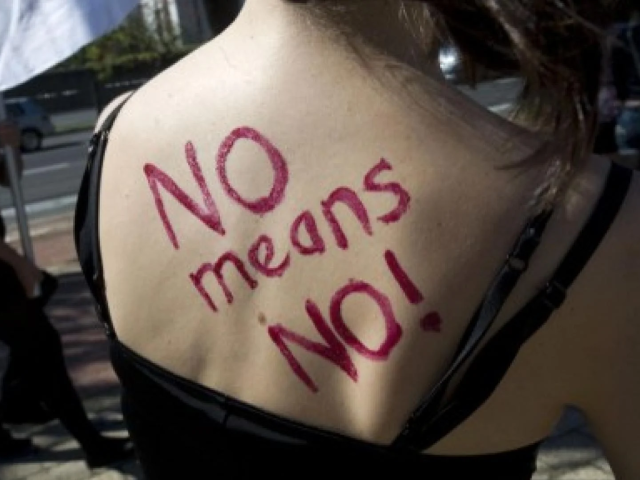A video of a whale plunging into the floor of a school gymnasium, as the kids in the audience gasp, has gone viral as another leap in technology.
The post suggests the whale is a hologram, created by a “photographic process that produces images using the differences between two lasers”. (For a better explanation of how holograms work, watch this.)
But it’s just a marketing ploy. According to Snopes, the video was created by technology startup Magic Leap in 2015 to create hype for an augmented reality product it was working on. It would let users experience “augmented reality” in a headset similar to Microsoft’s HoloLens.
Magic Leap in 2015: Our mixed reality headset lets you fight digital space aliens and robots using real-world 3D printed weapons!
Magic Leap in 2016: LOOK. ALL THESE KIDS ARE SEEING A WHALE IN A GYM.
Magic Leap today (2018): This little dude can throw rocks at you. pic.twitter.com/fSOv7c6GwF
— David Chen (@davechensky) July 12, 2018
Video a demo of potential technology
The children in the video were not wearing mixed reality headsets, so they couldn’t have been able to see the hologram.
The whale video is only a demo of what this type of technology could do. Magic Leap used special effects to create it.
The company’s augmented reality headset - Magic Leap One - was launched in 2018.
While it does let you conjure your own whale in your immediate surroundings (see users try it out here), it has been described as “disappointing” by some technology blogs.
Republish our content for free
For publishers: what to do if your post is rated false
A fact-checker has rated your Facebook or Instagram post as “false”, “altered”, “partly false” or “missing context”. This could have serious consequences. What do you do?
Click on our guide for the steps you should follow.
Publishers guideAfrica Check teams up with Facebook
Africa Check is a partner in Meta's third-party fact-checking programme to help stop the spread of false information on social media.
The content we rate as “false” will be downgraded on Facebook and Instagram. This means fewer people will see it.
You can also help identify false information on Facebook. This guide explains how.



Add new comment